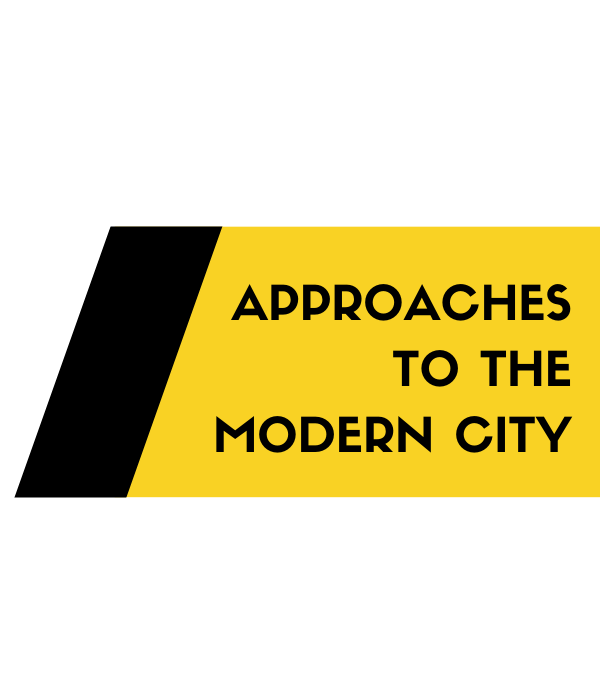By Amanda Lin
Dubai is the capital of the Emirate of Dubai, one of the seven emirates of the United Arab Emirates, and the most populous city in the UAE. Dubai is located on the coast of the arid Arabian peninsula, and as of January 2020, the city has a population of about 3.38 million people, most of whom are not citizens of the UAE. According to 2019 population estimates from the Dubai Statistics Center, the non-Emirati population consisted of almost 3.1 million of the 3.35 million people living in Dubai, a proportion that has increased over the last three years. Much of the expatriate population comes from South Asian countries, particularly India, Pakistan, and Bangladesh, as temporary labor.
Until the nineteenth century, Dubai existed as a small fishing village in a completely barren land that was unable to support large populations (Krane 2009). In 1833, a dispute within the Bani Yas tribe in nearby Liwa caused the Al Bu Falasah branch, which included the al-Maktoum family, to flee to the Dubai creek. They overwhelmed the existing fishing village and declared a new sheikdom, beginning the stable reign of Maktoum leadership, which was strengthened by British recognition of the regime (Krane 2009). This marked the start of the modern city. The city remained fairly stagnant and undeveloped until the turn of the twentieth century, when Sheikh Maktoum bin Hasher introduced his plan to establish Dubai as the most business-friendly port in the Arabian peninsula by eliminating the five percent port tax and building a reputation of free trade, free land, a leader with a friendly ear, and hands-off government policy (Krane 2009). Despite the Sheikh’s efforts, however, Dubai continued to be overshadowed by bigger ports along the Arabian Gulf.
As the twentieth century progressed, important changes occurred in Dubai. In the early 1900s, Dubai’s economy relied on two businesses: pearling and smuggling. The pearling industry dominated Dubai’s economy until the Great Depression in 1929 and the Japanese discovery of cultured pearls, which left Dubai economically devastated, and smuggling was not enough to sustain the economy (Krane 2009). Since about 1900, Dubai had also been welcoming influxes of Iranians, who wanted to escape the increasingly constraining financial and commercial restrictions of their government (Krane 2009). The Iranians brought prosperity and worldliness, attributes that would characterize Dubai in the twenty-first century, and were the first foreigners to flood to Dubai’s haven of non-intervention. The city, however, still grew sluggishly during the first century of its existence; Englishman George Chapman noted, “Dubai in the 1950s was little different from how it was in the 1850s” (Krane 2009, 40). Sheikhs Rashid (1958-1990) and Mohammed (2006-present) constructed most of the buildings and infrastructure projects that make up the city of Dubai, using loans from other governments and the money from the oil that was discovered in 1966.
Today, Dubai is well-known as a center for regional and international trade, a global transport hub, and a tourist destination. Dubai boasts internationally renowned architecture, including the Burj Khalifa and the Palm Islands, respectively the tallest building and the largest man-made archipelago in the world, as well as over one hundred modern high-rises. The city, under the direction of its sheikhs, has carefully cultivated an image of luxury and modernity that relies on constructing mega-projects and urban branding towards international audiences.

